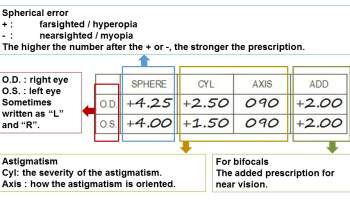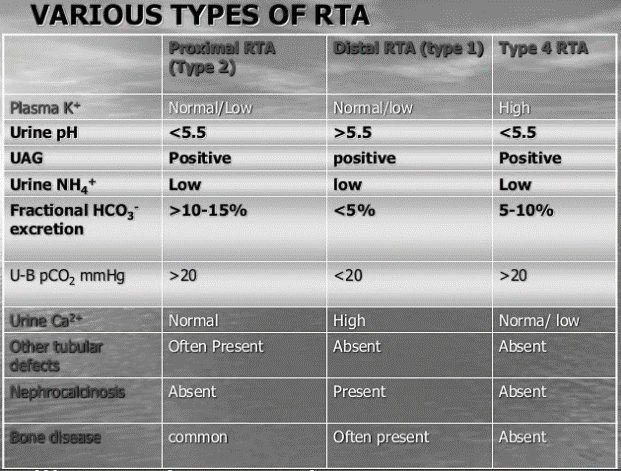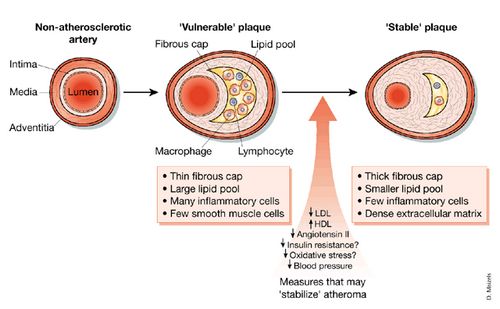A phoropter/refractor is an instrument commonly used by eye care professionals during an eye examination, containing different lenses used for refraction of the eye during sight testing, to measure an individual’s refractive error and determine his or her eyeglass prescription. Retinoscopy is done instead in children who are unable to communicate.
Below is an example of a glass prescription slip with a bird’s eye view interpretation for each components. As a doctor, understanding the glass prescription slip helps in making the diagnosis and proper counselling and as a patient one understands about his/her disease.

Relevant terms to understand glass prescription slip:
1. OD (Oculus dexter): Right Eye
2. OS (Oculus sinister): Left Eye
3. OU (oculus uterque): Both Eyes
4. SPH (Sphere): Amount of lens power in dioptres required to correct near-sightedness (myopia) or far-sightedness (hypermetropia)
- Correction is equal in all meridians of eye
- If number has minus (-) sign: it is Myopia
- If number has plus (+) sign: it is Hypermetropia
5. CYL (Cylinder): Amount of lens power for astigmatism
- Correction in meridian specified by the prescribed axis
- One meridian has no added curvature, and the meridian perpendicular to this “no added power” meridian contains the maximum power and lens curvature to correct astigmatism.
- If number has minus (-) sign: it is Myopic astigmatism
- If number has plus (+) sign: it is Hypermetropic astigmatism
6. Axis: The lens meridian that is 90 degrees away from the meridian that contains the cylinder power.
- 90 indicates “with-the-rule” astigmatism
- 180 indicates “against-the-rule” astigmatism
7. Near Add: Added magnifying power to the bottom of the multifocal lens to correct presbyopia
- Always + even when not specified
Large difference in the power between two eyes (anisometropia) may lead to amblyopia in children. Hence, this is concerning.



I am medical student
And your Content really help me in studies. Thank u very much…